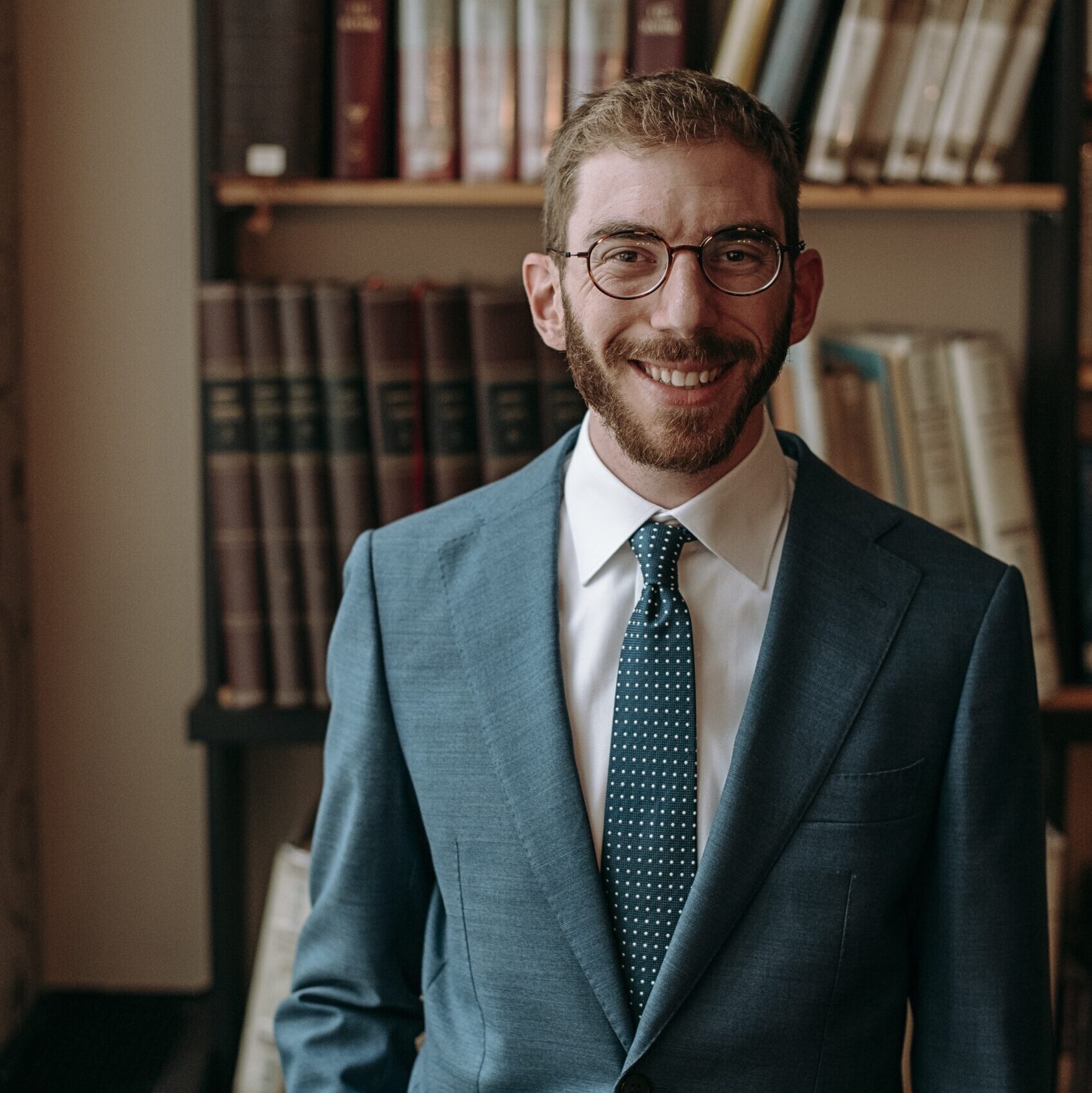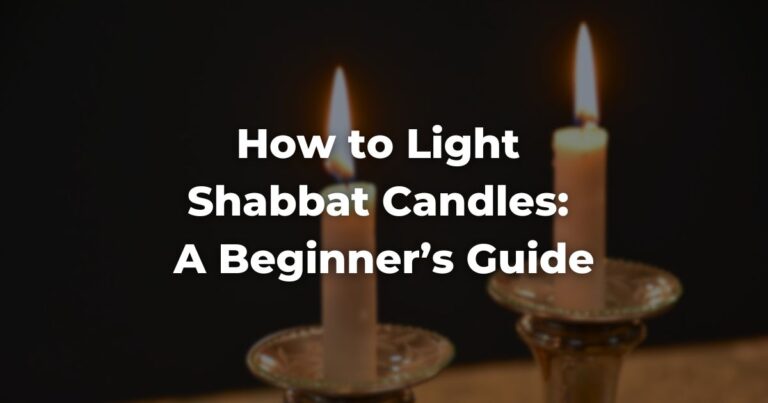What do I wear to a Shabbat service? The simple answer is something appropriate for a religious service.
Yet, how do we determine what’s appropriate or not? Appropriateness, especially when it comes to clothing, is not only fairly subjective, but it is also closely tied to cultural context. What’s appropriate among one group in one place could be completely inappropriate for others.
I grew up attending a Reform synagogue in Florida, where men wore suits and ties, and women wore shoulder and knee covering dresses or long skirts. I’ve also attended Conservative synagogues in New York City wearing a dress shirt and slacks. And in Jerusalem, I have been to Orthodox synagogues where some men wear sandals, t-shirts, and shorts and women wear pants.
It’s not always so simple to pin down what precisely is appropriate to wear.
What do traditional sources say we should wear?
The Shulchan Aruch, one of the most widely accepted codes of Jewish Law, writes that:
One should wear nice clothes and celebrate the arrival of Shabbat like the greeting of the king or the greeting of bride and groom. (Shulchan Aruch, Orach Chayim 262:3)
Maimonides, or the Rambam, an influential medieval codifier of Jewish Law, writes that:
Among the ways of honoring the Sabbath is wearing a clean garment. One’s Sabbath garments should not resemble one’s weekday clothes. (Mishneh TorahRefers to the first five books of the Hebrew Bible, the Tanakh, also called the Five Books of Moses, Pentateuch or the Hebrew equivalent, Humash. This is also called the Written Torah. The term may also refer to teachings that expound on Jewish tradition. Read more, Laws of Shabbat 30:3)
Yet, neither of these sources tell us what specific attire is deemed appropriate or not. Interestingly, there was a medieval debate over whether one should pray barefoot or with shoes which can give us a framework for determining appropriate dress for synagogue.
The TalmudReferring to one of two collections, the Jerusalem and Babylonian Talmuds, edited in the 6th century, that contains hundreds of years of commentary, discussion, and exploration of the ideas in the Mishnah. One could describe it as Mishnah + Gemara = Talmud Read more permits wearing shoes in synagogue, as opposed to in the Temple where they were forbidden, and mentions a rabbi that was known to put footwear on to pray, but it does not explicitly forbid being barefoot for prayer (Brachot 62b-63a). The Tosafists, a group of medieval European rabbis, understood this as implicitly forbidding praying barefoot. Maimonides, writing in Egypt in the 1170s, says:
Proper clothing: What is implied? One should adjust his clothing and make himself neat and presentable before [praying], as [implied by Psalms 29:2]: “They bow to God in resplendent holiness.” One should not pray wearing [only] his undershirt, bareheaded, or barefoot – if it is the custom of the people of that place to stand before their most respected people with shoes. (Mishneh Torah, Lows of Prayer and the Priestly Blessing 5:5, translated by Rabbi Eliyahu Touger)
Maimonides, who lived in a Muslim culture where praying barefoot was the norm, is essentially saying that the practice follows the place. And the criteria he sets is how you would dress in front of a distinguished person.
Prayer is seen as standing before G-d, the King of Kings. Therefore, how one would dress to meet a king, or other important person, is the benchmark for what to wear to synagogue. Thus, in Europe one showed respect by wearing shoes, while in Muslim countries one showed respect by removing shoes.
So, what should I wear?
In North America, the benchmark of what you would wear in front of an important person generally translates to at least business casual. I’d probably prefer to meet a world leader in a suit but wouldn’t feel out of place in slacks and a tucked in button down. And in Israel, a more casual culture, the synagogue attire reflects that casualness.
Once you have been to a community and get a sense for what other people wear you can always adjust, but for the first time it might be better to be on the more formal side.
You would not look strange wearing pants and close-toed shoes to services in Israel, even when some people are in shorts and sandals, but you might feel very out of place wearing shorts and sandals to a synagogue on the Upper East Side.
In general, a suit and tie or at least a button down shirt and slacks is a safe bet for men. And for women, shoulders covered and knee length dress or skirt might be a safe starting point even though there are plenty of communities that may have different norms.
Author
-

Joshua Klein is a rabbinical student at The Schechter Rabbinical Seminary in Jerusalem, and previously studied at The Jewish Theological Seminary. He was a fellow in the first cohort of the Exploring Judaism's Writer's Fellowship. Joshua grew up in South Florida and before rabbinical school he worked in healthcare software in Wisconsin. Joshua has interned with synagogues in the US and Israel, with the Nativ Gap Year Program and Ramah’s high school in Israel program, and also worked as a chaplain intern at NewYork-Presbyterian Queens. While in New York, Joshua was also involved in Jewish climate activism. In his spare time, Joshua enjoys cooking, reading, writing, and wandering in museums or nature.
View all posts






